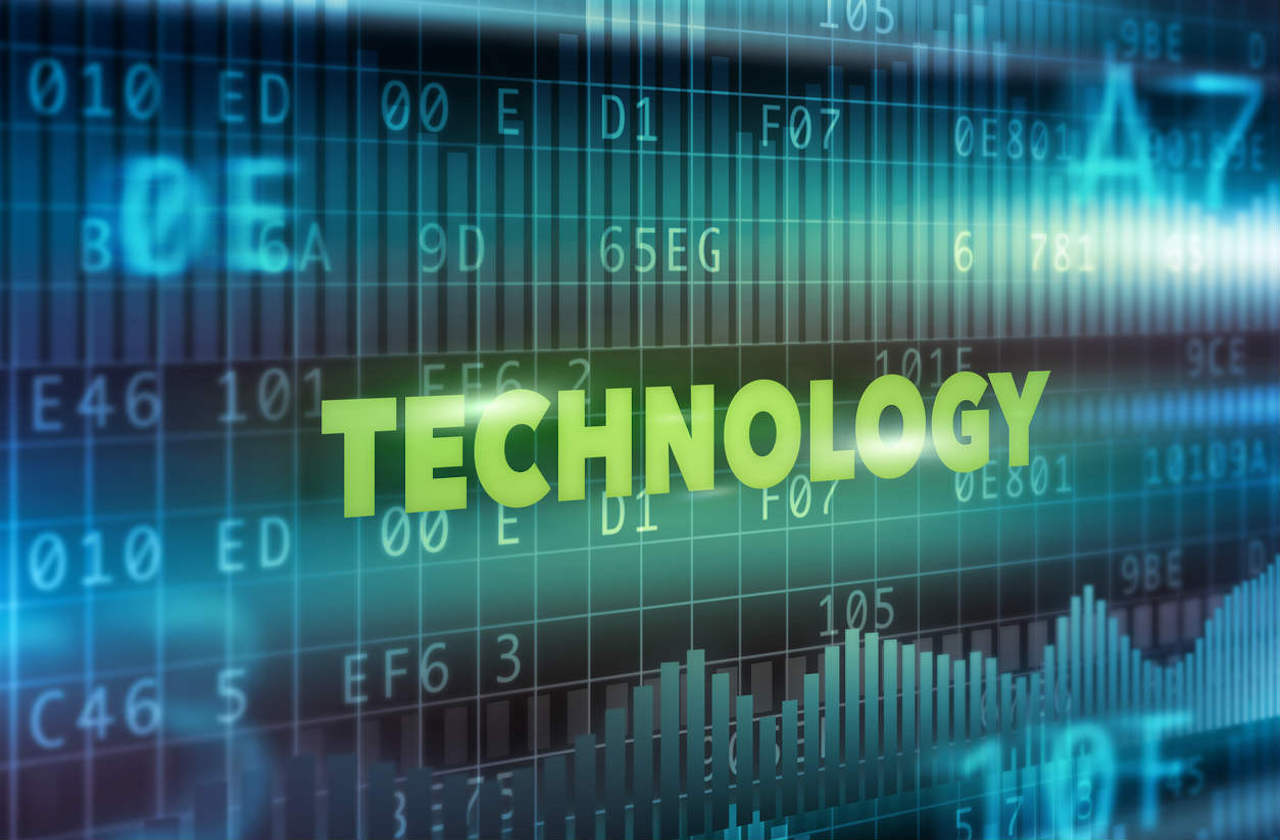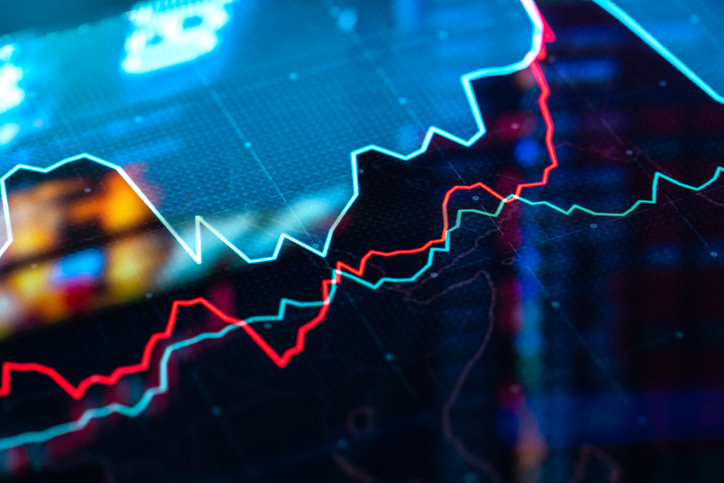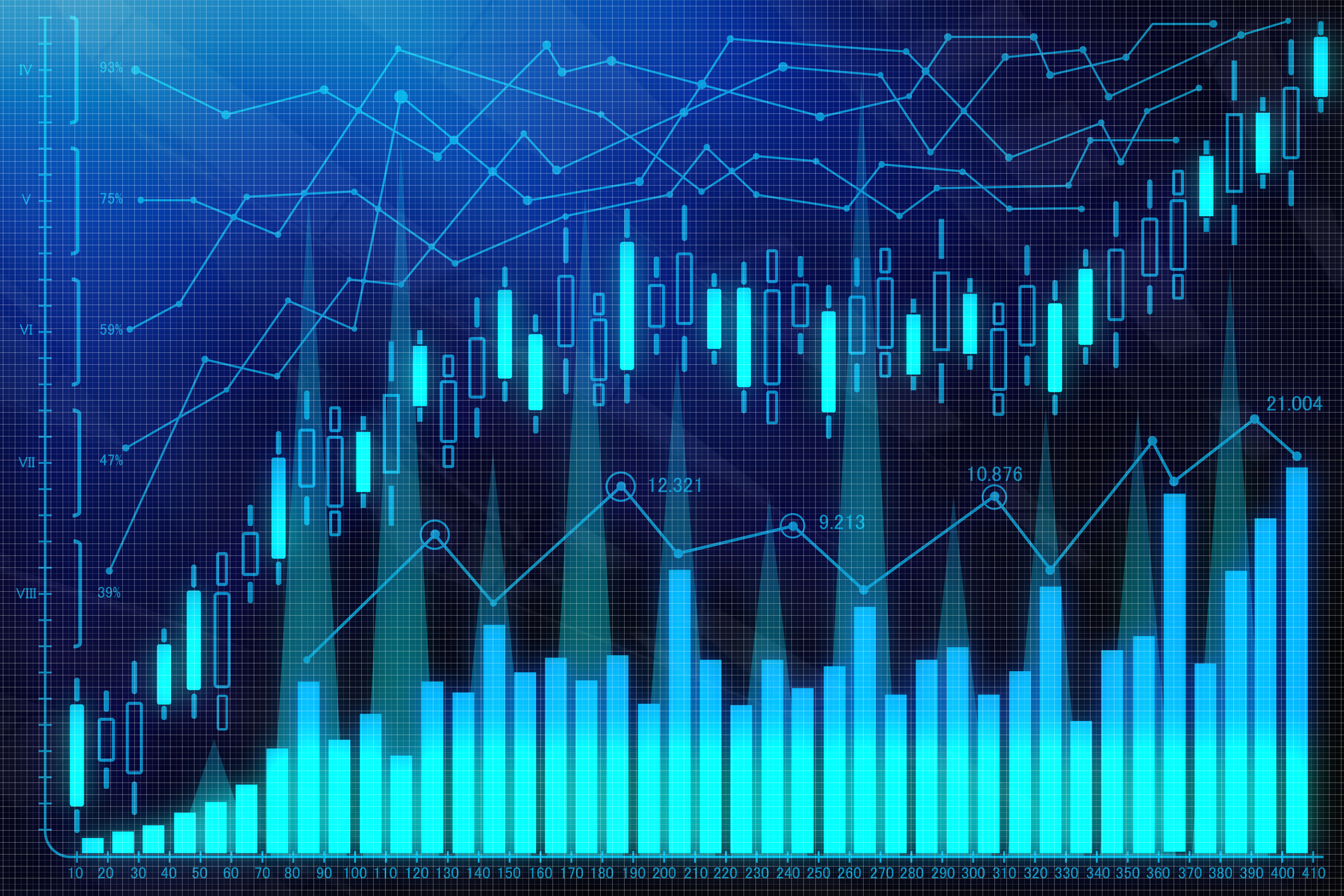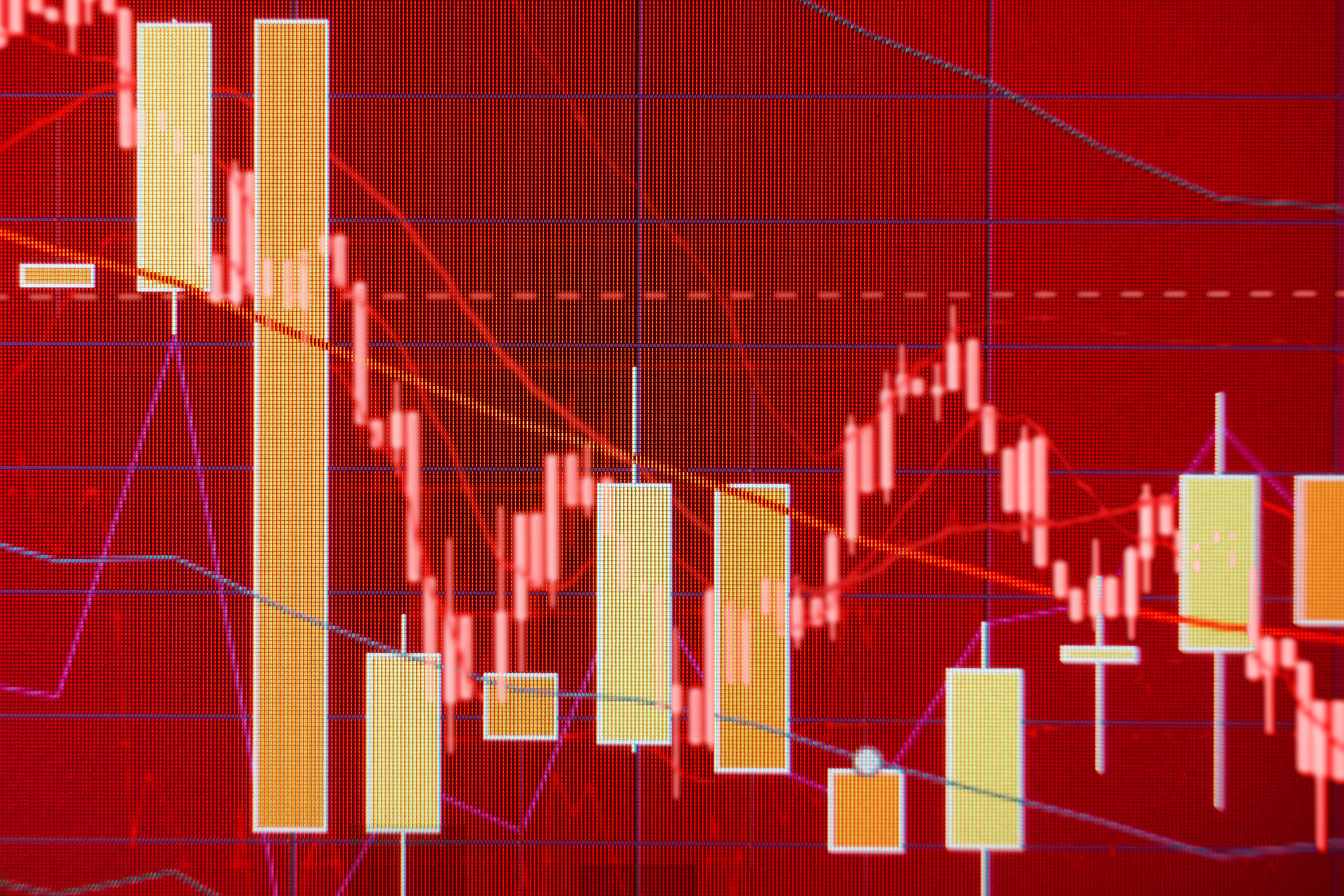Are Tech Stocks in a Bubble? Nah.
That doesn't mean a little air won’t come out of Facebook and friends now and then.


If you follow financial news, you’ve likely seen a recent spate of headlines wondering if we’ve entered a bubble in technology stocks akin to the one that popped in March 2000, sending stocks tumbling into a bear market. Many such stories cropped up in early June, when a pullback in mega-size FAANG stocks — Facebook (FB), Amazon.com (AMZN), Apple (AAPL), Netflix (NFLX) and Google’s parent, Alphabet (GOOGL) — caused a 5.3% dip in Standard & Poor’s 500 Information Technology index (a subindex of the S&P 500) from June 8 through July 3. Tech stocks have since bounced back, and the tech index has returned 22.4% so far this year, including dividends, compared with an 11.1% total return for the overall market. Still, for wary investors, the June blip triggered an unpleasant memory.
As happened at the end of the last century, a small group of stocks seems to be driving the performance of the overall market. The average stock in the S&P 500 is up 9.1%, for instance, while the worst-performing FAANG, Alphabet, has returned 23.3% this year. (Facebook leads the way with a 39.0% gain). As in 2000, says Leuthold Group chief investment officer Doug Ramsey, a boundless enthusiasm about rapid technological innovations seems to permeate the market. But are we in another tech bubble? “No,” says Ramsey, “and it’s not even close.”
Though the value of the S&P tech index sits right below its 2000 peak (while comprising a similar number of stocks), tech stocks today come with much cheaper price tags, he says. For instance, in March 2000 the median S&P 500 tech stock traded at 79 times the past 12 month’s earnings. Today’s median tech price-earnings ratio: 24, or 70% lower. The difference is even greater in terms of another valuation measure, price-to-cash flow (earnings adjusted for depreciation and other noncash charges). The median tech stock traded at 60 times cash flow per share in 2000, four times the current multiple of 15.
From just $107.88 $24.99 for Kiplinger Personal Finance
Become a smarter, better informed investor. Subscribe from just $107.88 $24.99, plus get up to 4 Special Issues

Sign up for Kiplinger’s Free Newsletters
Profit and prosper with the best of expert advice on investing, taxes, retirement, personal finance and more - straight to your e-mail.
Profit and prosper with the best of expert advice - straight to your e-mail.
Ramsey concedes that the current batch of tech stocks might appear more vulnerable than their turn-of-the-millennium counterparts in terms of one measure: corporate profit margins. Looking at the net income that companies wring out of each dollar of sales, Ramsey finds that today’s large-company tech stocks are an eye-popping 80% more profitable than such stocks were at the tech bubble’s peak. But that makes sense, he says, given that today’s tech leaders (say, those involved in social networks or cloud computing) don’t have nearly the expenses of a company that was churning out PCs back in the ’90s. Moreover, the sector has maintained profit margins at the current level for six or seven years, and those margins look sustainable, says Ramsey.
As for the group of stocks leading the charge, they may not be driving the overall stock market quite as much as investors think, says Liz Ann Sonders, chief investment analyst at brokerage Charles Schwab. She says that the market isn’t nearly as top-heavy as it was in 2000. And even if some of today’s mega-cap tech stocks look pricey after recent run-ups (Facebook trades at 31 times year-ahead earnings, for instance), they are still robust, established companies with significant earnings capabilities – a sharp contrast to big growers during the last tech bubble. “Many of the companies back in 2000 had no earnings. They had no prospects for earnings,” says Sonders. “They had no ability to be ongoing entities.” Investors, she says, were valuing such companies on made-up measures, such as price compared to the number of “eyeballs” – or viewers – on a website.
Even if no bubble is about to burst, overinflated tech stocks will likely lose a little air now and then. Sonders says the market is likely to undergo “rotational corrections,” with minor pullbacks in stocks that have become overvalued. That’s what happened in June, she says, when investors pulled their money out of tech names and into financial stocks, which offered better potential at the time. The market as a whole didn’t come tumbling down, and neither, in the end, did tech stocks. Sonders continues to view tech as one of market’s more promising sectors, and she thinks that bubble fears will occasionally bring some high-flying names back to Earth. Maybe those breathless headlines are a good thing after all, if they keep valuations from getting out of control. Ramsey certainly thinks so. “That’s the kind of worry we like to see,” he says.
For low-cost exposure to a broad swath of technology stocks, consider Vanguard Information Technology ETF (VGT, $146.78). The market cap-weighted fund skews toward tech giants, with Apple, Microsoft and Facebook occupying the top spots in a portfolio that invests 55% of its assets in the top 10 holdings. Its 0.10% expense ratio is among the lowest in its category.
Profit and prosper with the best of Kiplinger's advice on investing, taxes, retirement, personal finance and much more. Delivered daily. Enter your email in the box and click Sign Me Up.

Ryan joined Kiplinger in the fall of 2013. He wrote and fact-checked stories that appeared in Kiplinger's Personal Finance magazine and on Kiplinger.com. He previously interned for the CBS Evening News investigative team and worked as a copy editor and features columnist at the GW Hatchet. He holds a BA in English and creative writing from George Washington University.
-
 The Santa Claus Rally Officially Begins: Stock Market Today
The Santa Claus Rally Officially Begins: Stock Market TodayThe Santa Claus Rally is officially on as of Wednesday's closing bell, and initial returns are positive.
-
 How to Leave Different Amounts to Adult Children Without Causing a Rift
How to Leave Different Amounts to Adult Children Without Causing a RiftHere’s how to leave different amounts to adult children without causing a family rift.
-
 My Retirement Learning Curve, 1 Year In
My Retirement Learning Curve, 1 Year InA retiree checks in with what they wish they knew early on and what they've changed about their plan one year in.
-
 Small Caps Hit a New High on Rate-Cut Hope: Stock Market Today
Small Caps Hit a New High on Rate-Cut Hope: Stock Market TodayOdds for a December rate cut remain high after the latest batch of jobs data, which helped the Russell 2000 outperform today.
-
 UNH Sparks a 408-Point Surge for the Dow: Stock Market Today
UNH Sparks a 408-Point Surge for the Dow: Stock Market TodayThe best available data right now confirm both a slowing employment market and a December rate cut, a tension reflected at the equity index level.
-
 If You'd Put $1,000 Into Coca-Cola Stock 20 Years Ago, Here's What You'd Have Today
If You'd Put $1,000 Into Coca-Cola Stock 20 Years Ago, Here's What You'd Have TodayEven with its reliable dividend growth and generous stock buybacks, Coca-Cola has underperformed the broad market in the long term.
-
 If You Put $1,000 into Qualcomm Stock 20 Years Ago, Here's What You Would Have Today
If You Put $1,000 into Qualcomm Stock 20 Years Ago, Here's What You Would Have TodayQualcomm stock has been a big disappointment for truly long-term investors.
-
 Dow Adds 314 Points to Thanksgiving Rally: Stock Market Today
Dow Adds 314 Points to Thanksgiving Rally: Stock Market TodayInvestors, traders and speculators enjoy the best Thanksgiving Week gains for the major stock market indexes in more than a decade.
-
 Dow Dives 797 Points as Government Opens: Stock Market Today
Dow Dives 797 Points as Government Opens: Stock Market TodayThe process of pricing and re-pricing realities old and new never stops, and next week promises to be at least as exciting as this week.
-
 If You'd Put $1,000 Into Home Depot Stock 20 Years Ago, Here's What You'd Have Today
If You'd Put $1,000 Into Home Depot Stock 20 Years Ago, Here's What You'd Have TodayHome Depot stock has been a buy-and-hold banger for truly long-term investors.
-
 Stocks Sink with Meta, Microsoft: Stock Market Today
Stocks Sink with Meta, Microsoft: Stock Market TodayAlphabet was a bright light among the Magnificent 7 stocks today after the Google parent's quarterly revenue topped $100 billion for the first time.